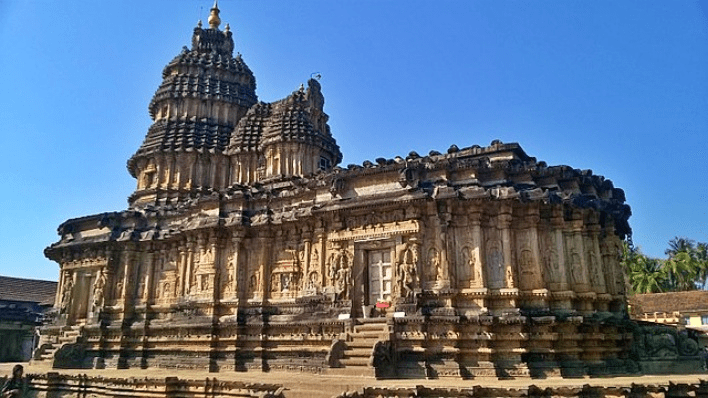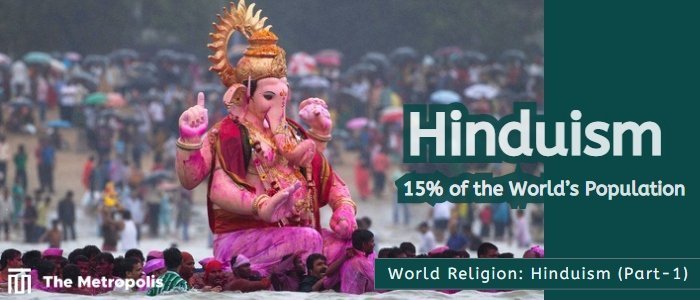Anjum Anam –
Indian Sanatan Dharma or Hinduism is a very diverse religion. Originating and adhered to Indian Subcontinent, here different peoples have different folkloric mythological stories from region to region. This religion is a combination of multiple religious beliefs of the Indian subcontinent.
Hinduism can be called monotheistic or polytheistic depending on the person’s beliefs. According to some, all the deities are different parts of the same energy, but all deities are separate entities – from this point of view, it is polytheistic. Some believe there is only one God, who exists in different forms at different times, which indicates monotheism. Hinduism is very old in terms of origin.
Major Sects
a) Vaishnavas (68% of the Hindu Population)
According to the Vaishnavas, Lord Vishnu is the entire universe. Shiva and Brahma are created from him. Various gods and goddesses (Brahma, Durga, Kali, Kaushiki, Shiva, Parvati, Sati, Lakshmi, Bhudevi, Niladevi, Gayatri, Savitri, Saraswati) are part of Vishnu’s creation. So, the almighty creator is Vishnu. He has various avatars, but the main ones are Rama and Krishna. Buddha, Parashuram, Kurma, Matsy, Barah, Narasimha, and Baman are also avatars of Lord Vishnu. The last incarnation of Lord Vishnu will be Kalki, who will come to destroy the entire evil powers. Vaishnavas promote Vishnu as the only ultimate God, the Adi Purusha as Para Brahman.
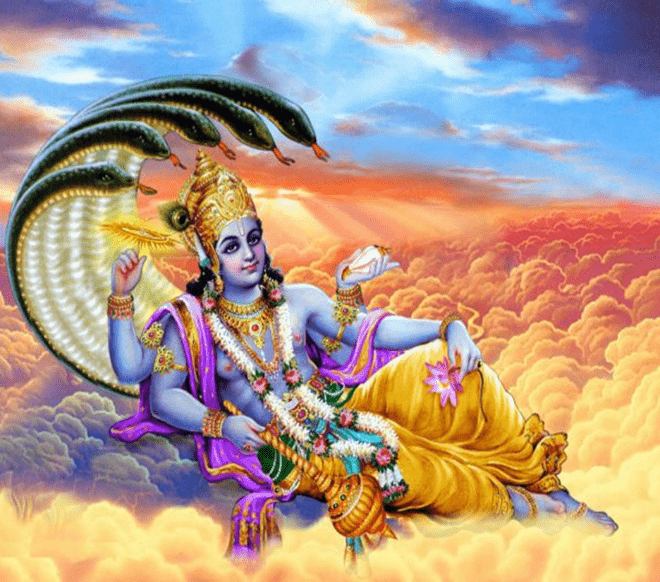
b) Saivas (27% of the Hindu Population)
According to the Saivas, Lord Shiva himself is the entire universe. He freed his half as nature (Prakriti) from his body by keeping the male form (Purush) in himself. That Prakriti took the form of a Goddess named Adisakti. At first, she was Sati and later after the self-immolation, she came to earth as Goddess Parvati and took the form of Durga and Kali when necessary. According to this belief, Vishnu and Brahma were created from Shiva. Shaivism promotes male-female contemporary creative powers.
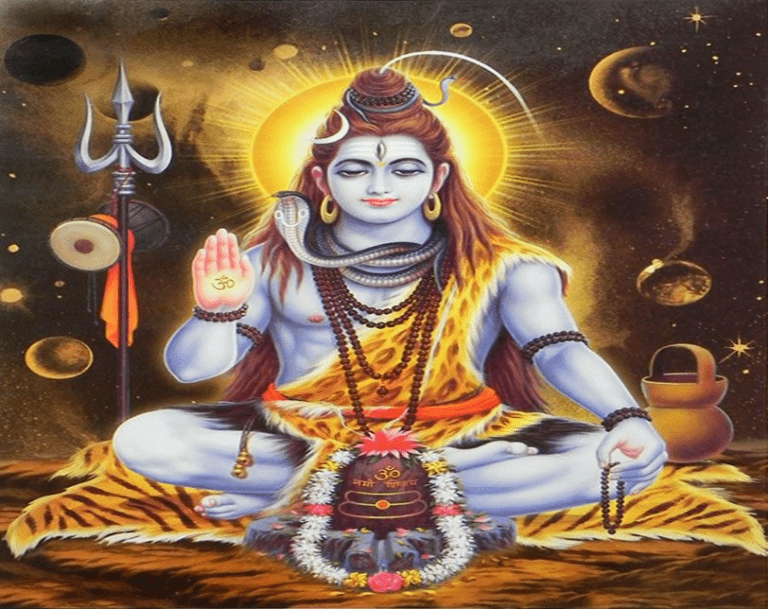
c) Shaktas (5% of the Hindu Population)
According to Shaktas, the whole universe is the Adi Shakti Goddess. She is Prakriti, she is Creation, and she is Shakti/Power. Prakriti is dynamic and Purusha is stable, and they are complementary to each other. She instituted the Purusha or Trideva as Brahma, Vishnu, and Shiva, all 3 of whom are contemporaries and creations of the Goddess. Respectively, one was given the task of creation, one was given the task of nurture, and one was given the task of destruction or renewal. After that, the goddess gave one of her energy to Vishnu in the form of Lakshmi and the other energy to Brahma in the form of Saraswati.
The characteristics of both of them are different. Saraswati will go to the house whose inhabitants are patient and respect the power of knowledge. Then she stays there for up to 3 generations. Wherever Saraswati goes, Lakshmi follows her. Saraswati gives knowledge, which gives opportunities for wealth, so Lakshmi comes. But Lakshmi comes and goes quickly. When Saraswati leaves, Lakshmi does not stay long.
Saraswati has Satya guna (balance, harmony, goodness, purity, universalism, holism, construction, creativity, positivity, peacefulness, and virtue). She is candid and simple in her looks. When Saraswati is invisible, she transforms into a beautiful sound, but Lakshmi transforms into bright light. Lakshmi has Rajas guna (passion, activity, self-centeredness, egoism, individualization, movement, and dynamism) and in the case of Lakshmi, gorgeous heavy looks are manifested.
Although some powers are given to Lakshmi and Saraswati, Parvati is the main source of the power of Goddess Adi Shakti, who had self-taken birth as Goddess Sati. Then after Sati’s death, she was reborn as Goddess Parvati. Parvati takes the form of Kali, Durga, and Kaushiki. She is of Tamasic Guna (imbalance, disorder, chaos, anxiety, impurity, destruction, delusion, negativity, dullness or inactivity, apathy, inertia or lethargy, violence, viciousness, and ignorance). Parvati transforms into extreme heat and fire when formless. Shaktism promotes ultimate mother goddess power. Shaktas are non-vegetarians.
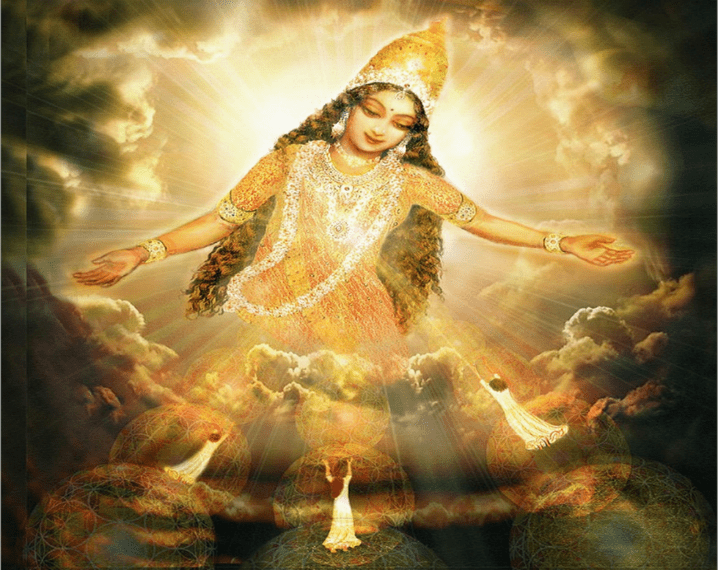
d) Smarta
Smartas emphasize the universality of Hinduism by separating themselves from the devotees of Vishnu, Shiva, or Devi, who practice exclusive devotion. They are traditional and highly rigid about laws and regulations. According to them, Ganesha, Shiva, Vishnu, Surya (Sun), and Devi are the main and equally important deities.
Adi Shankara (or Shankaracharya) is credited with founding the tradition of this five-deity worship. He is the creator of the Advaitin School of Vedanta philosophy, which is the basis for the widely held belief that all gods are equal.
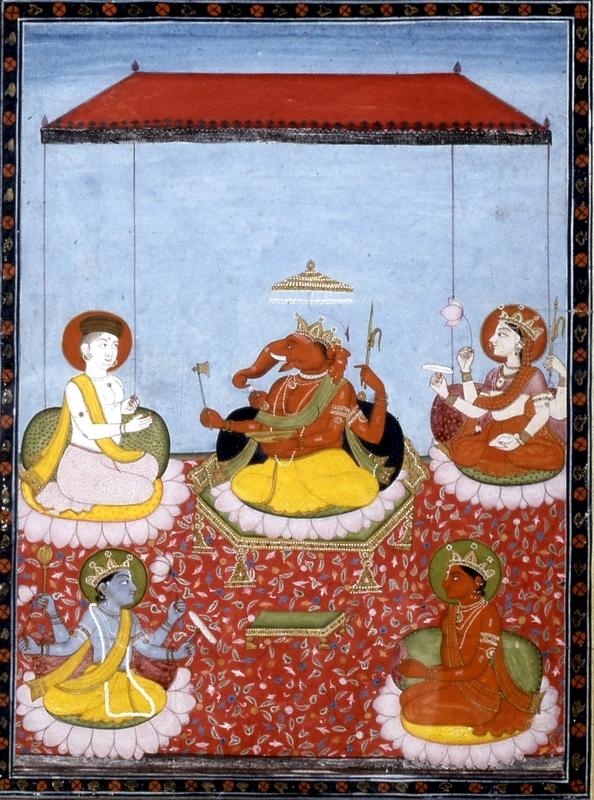
Hindu Sects by Region
Vaishnavas mostly worship the two forms of Vishnu, which are Rama and Krishna. Vaishnavas are the majority in Central India, Northern India, and Western India. Rama is mostly worshipped in Northern India, but Krishna is in Western India. West Indian Vaishnavas are mostly vegetarians, while East Indian Vaishnavas are not.
Although the majority of Western Indian Hindus follow Vaishnavism, some Punjabi Hindus worship the Mother Goddess mostly as a form of the Goddess of Power (a different form of Shaktas who do not recognize Goddess Parvati, Kali, or Durga, but the Ultimate mother Goddess).
Shaktas are mostly found in Eastern India although Vaishnavas are the majority in Eastern India too. Eastern Indian Vaishnava Hindus do a lot of rituals under Shakta traditions than under Vaishnava traditions. They do follow a lot of Shaiva Traditions too. Shaktas are also seen in Northern India. They predominantly worship Goddess Kali.
Shaivas are the majority in Southern India. Shaivas worship God Shiva in his original form. Shaivas are also significantly found in Northern India too, especially in the northmost Indian states, also the majority in the country Nepal.
For some regional reason, Maharashtrian Hindus, despite being majority Vaishnavas, worship God Ganesh mostly, the same way Bengali Hindus, worship Durga and Kali. Same way despite being Mostly Shaivas, Tamil Hindus mostly worship God Kartik as Murugan.
Balinese Hindus are mostly Shaivas. But Sindhi Hindus mostly worship the Hindu water God Varuna.
Social Caste System
It is believed social system is divided into 4 major divisions. It is believed all these groups originated from God Brahma.
-
Brahmins – Priests and religious teachers, who perform veneration. They are of the highest rank and came from the mind of God Brahma. There is a thread (Paita) wearing ceremony for Brahmin men, called Upanayana. Normally male priests only wear non-stitched clothes.
-
Kshatriya – The warriors and the rulers. They came from the arms of God Brahma, mostly related to martial professions and monarchial families.
-
Vaishya – The traders, merchants, and businessmen. They came from the thigh of God Brahma.
-
Sudras – Lower-rank laborers and farmers. They earn money through hardships. They came from the feet of God Brahma.
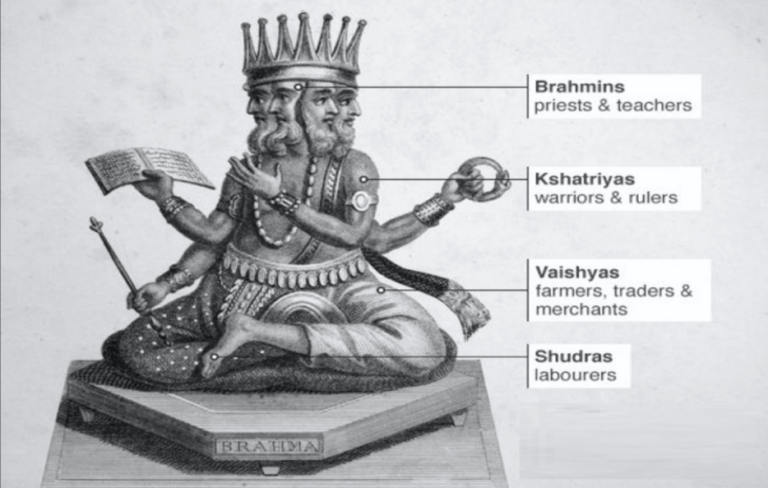
Hinduism believes in the reincarnation of every human. Throughout this reincarnation process, a person takes birth in different castes. If an upper-caste bad person dies, he takes rebirth in a lower caste. If good, then remains in the upper caste. But if a lower caste good person dies, he takes rebirth in the upper caste, if bad then remains in the lower caste.
Temples
Hindus call it Mandir, where they worship the Idol of their respective gods.
Vishnu Mandir
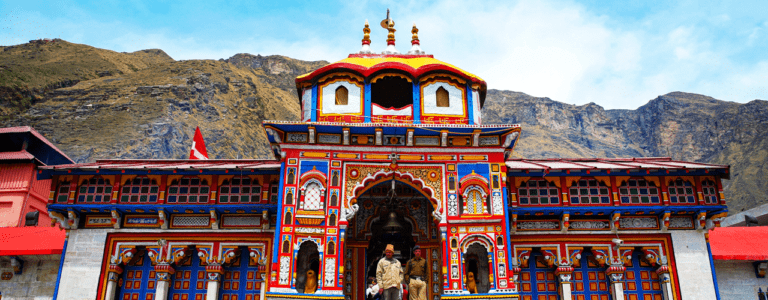
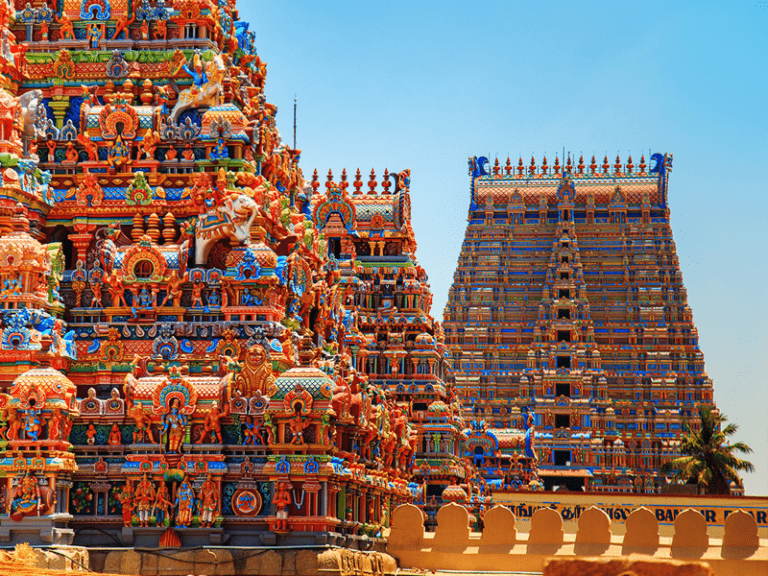
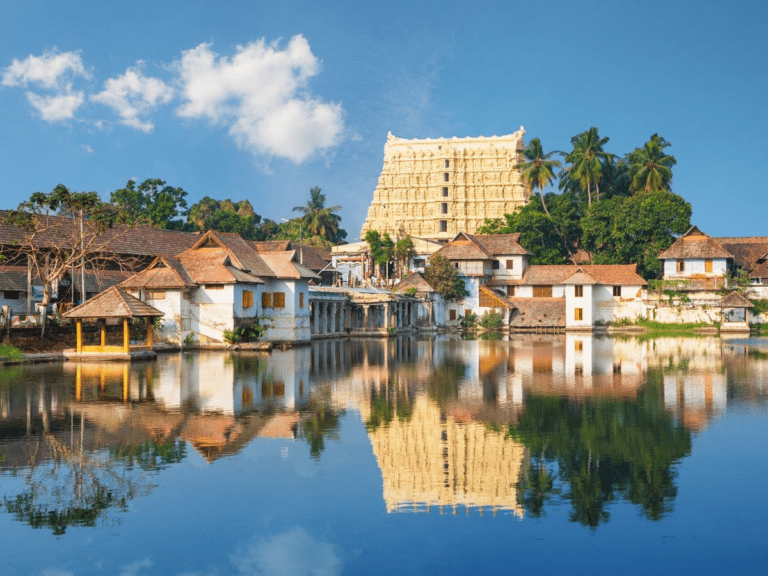
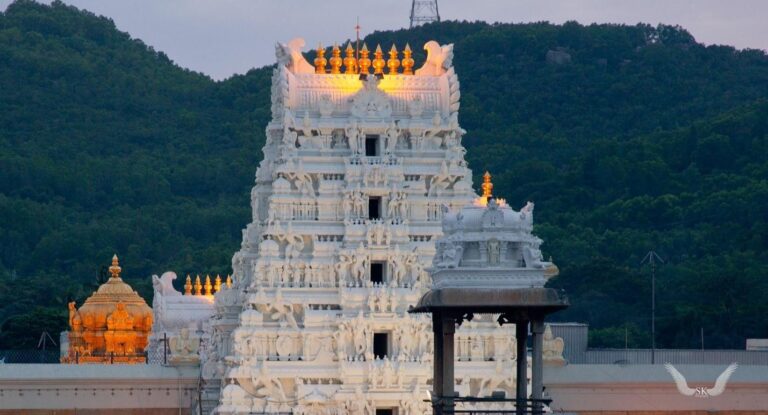
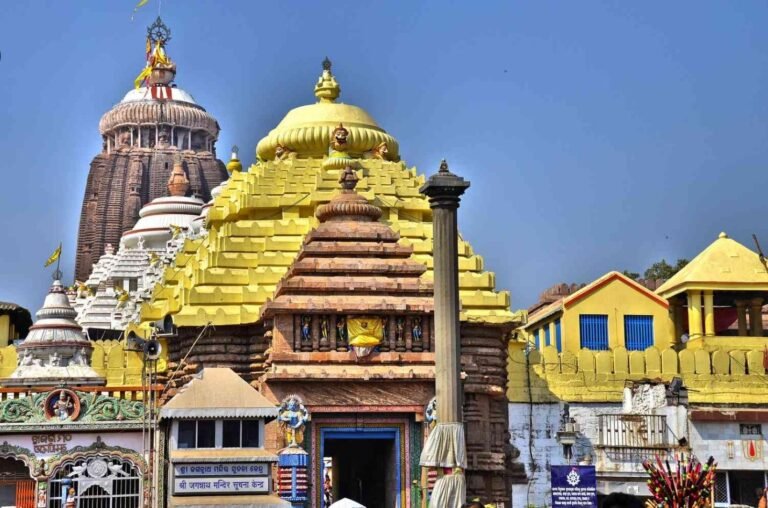
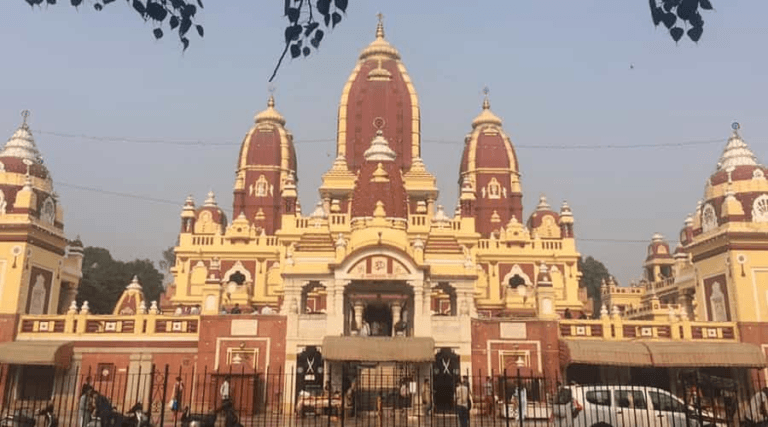
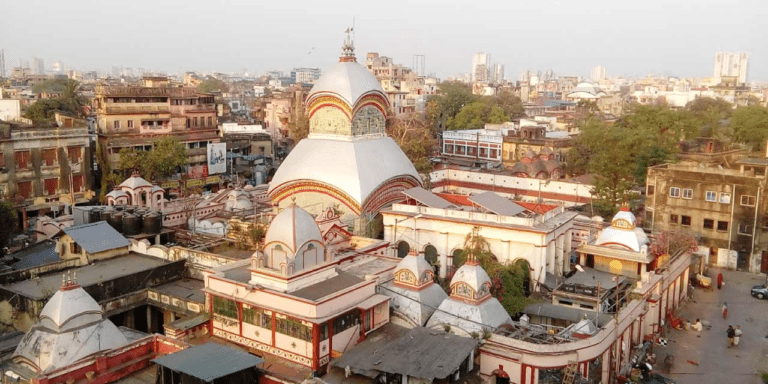
Shiva Mandir:
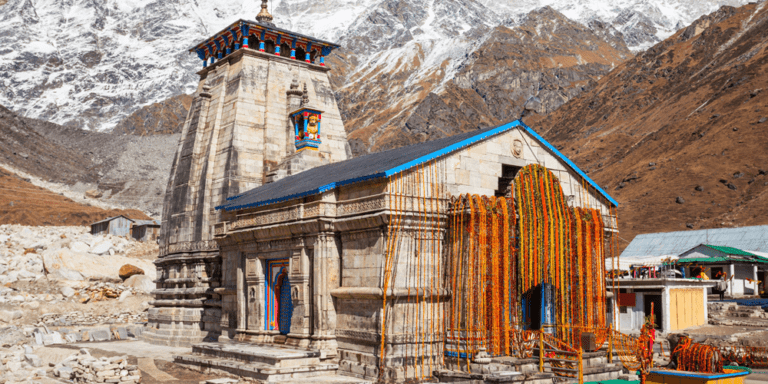
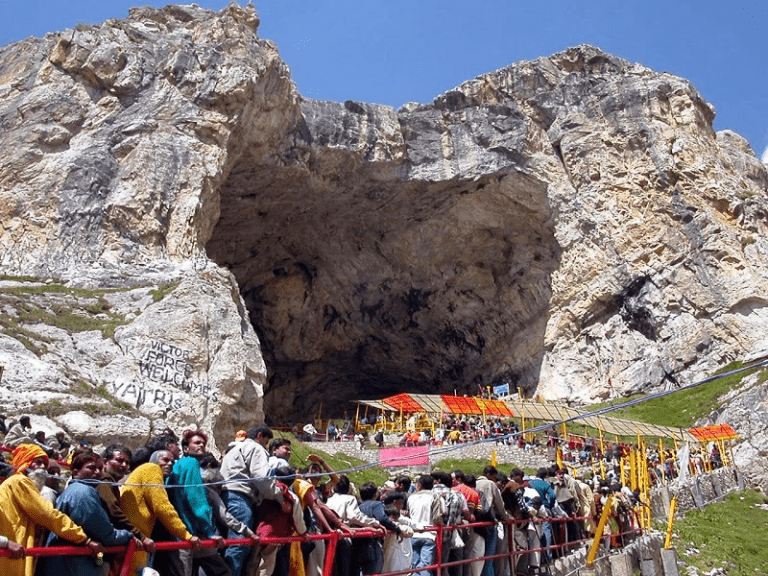
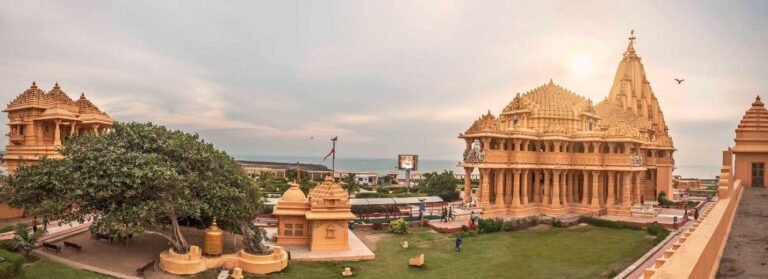
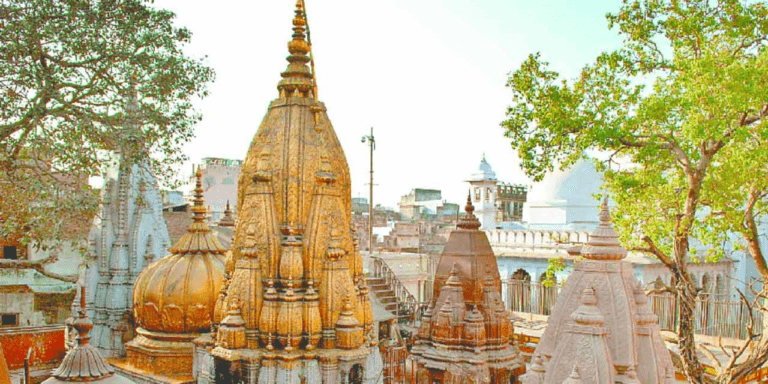
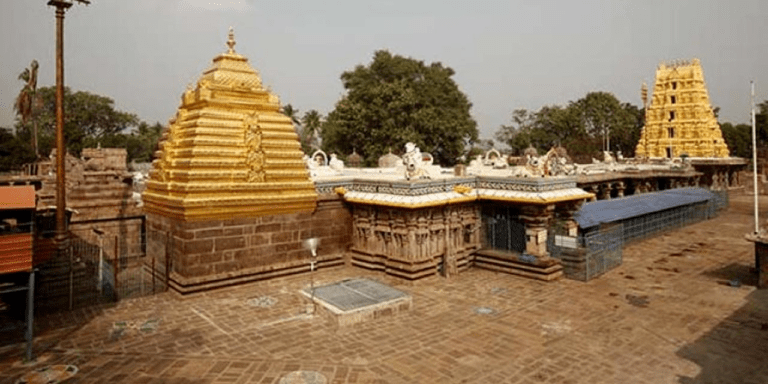
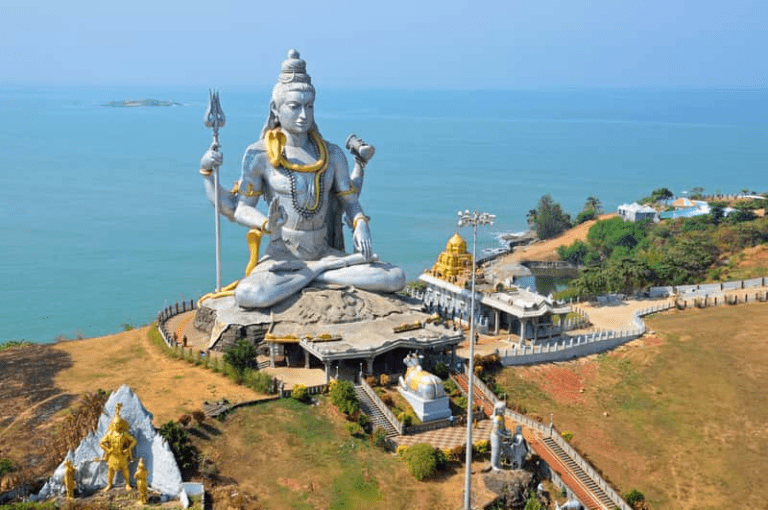
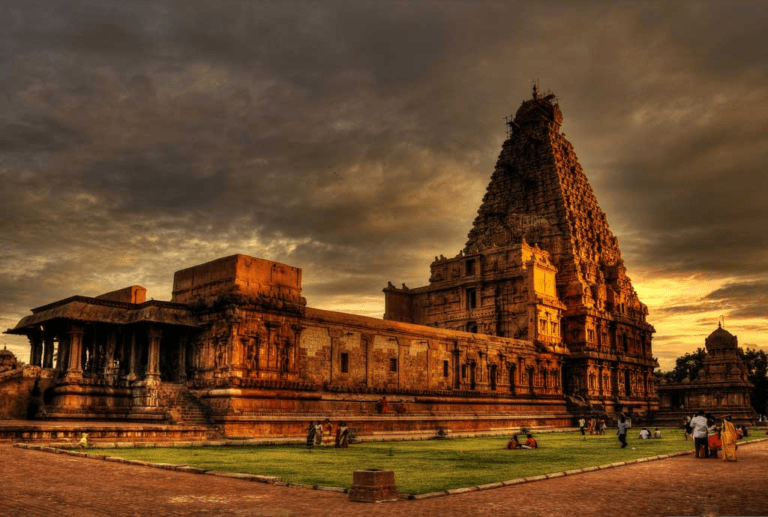
Adi Shakti Mandir:
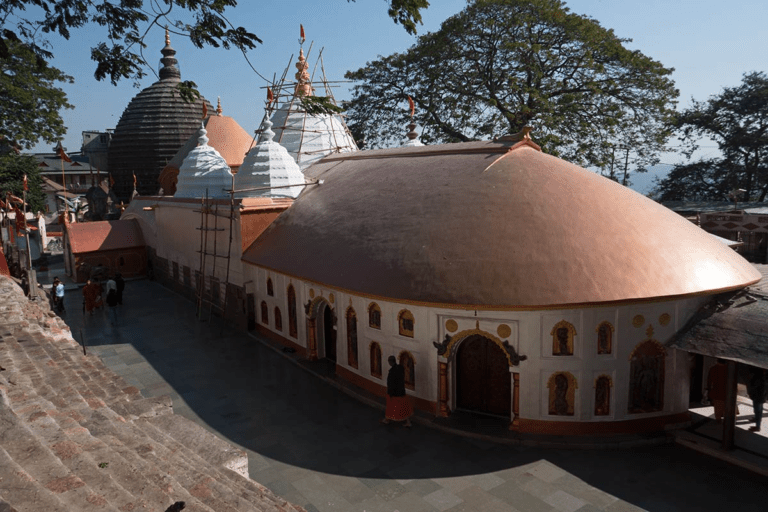
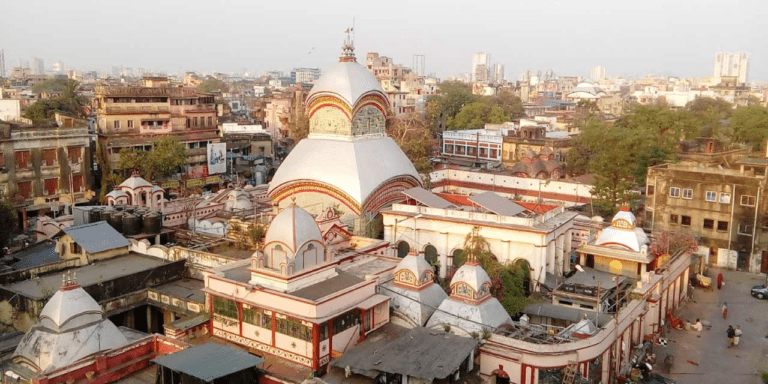
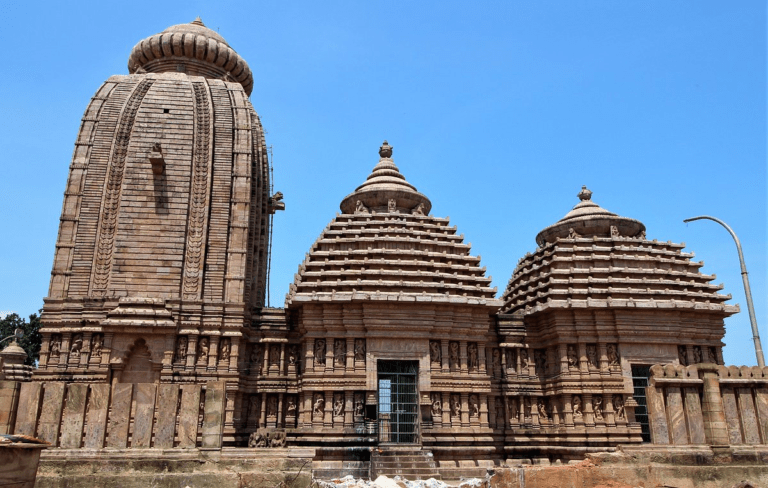
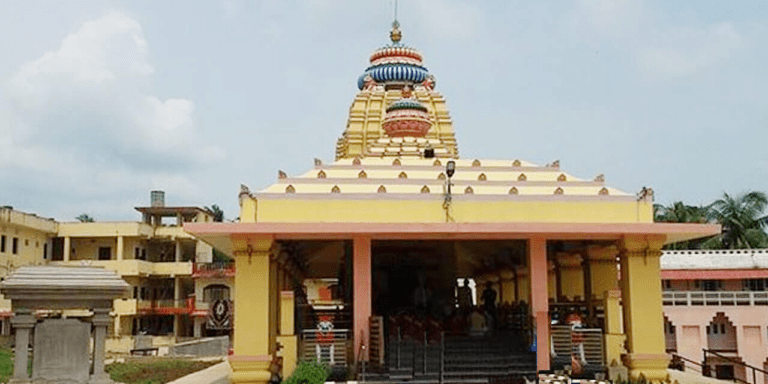
Samartha Mandir:
